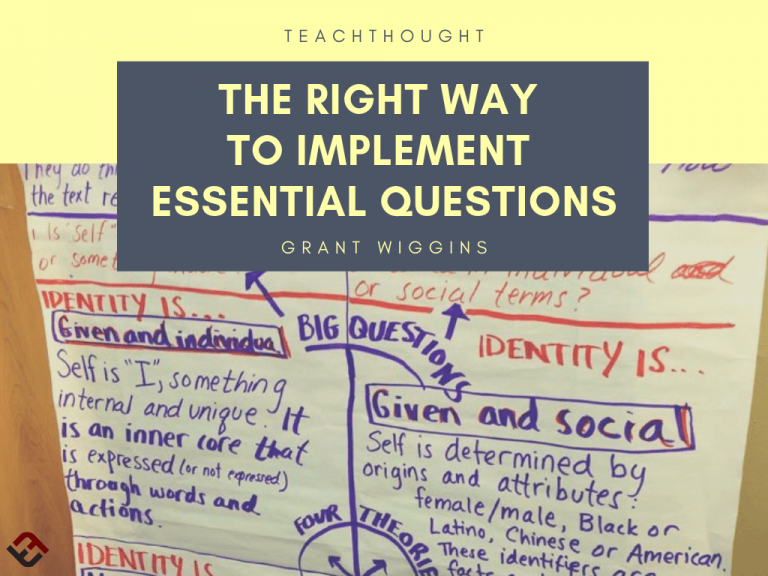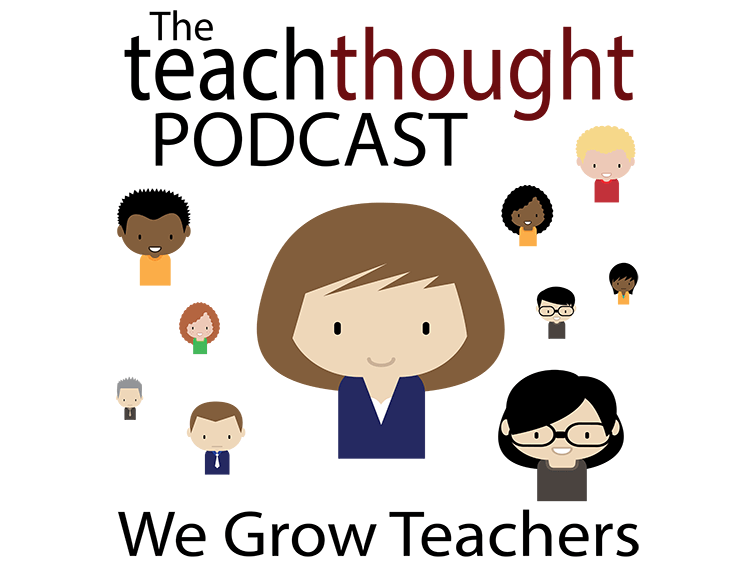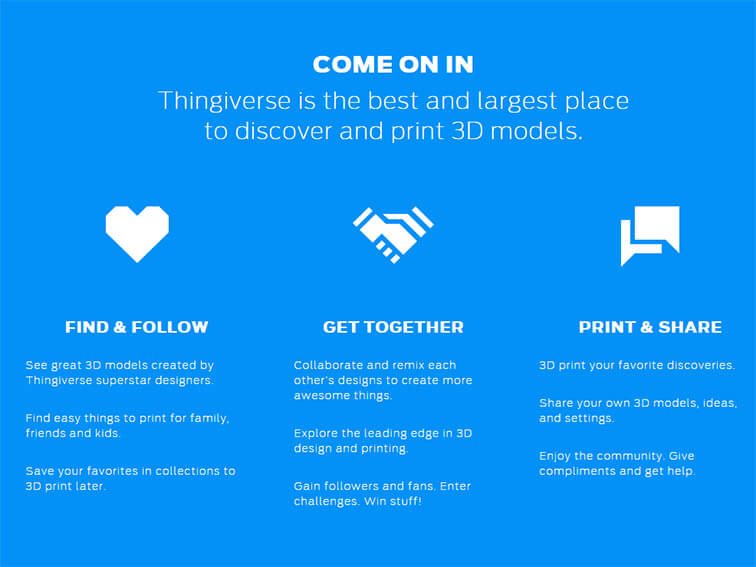The TeachThought Podcast Ep 5: Jennifer Gonzales
In this episode I talk to Jennifer Gonzales, from Cult of Pedagogy, about pedagogy and how and why it’s useful to connect with teachers.
In this episode I talk to Jennifer Gonzales, from Cult of Pedagogy, about pedagogy and how and why it’s useful to connect with teachers.
In this episode, we talk with Nita Nehru from Kinsa about how emerging technologies are influencing our behavior.
How is gender treated in video games? There really isn’t a consistent theme, but there are some patterns. We list a few in this article.
Knowing that I had to incorporate the iPads into my classroom slowly, I decided to develop one unit of the writing process digitally using Photo Story.

Inquiry by design, not mere teacher rhetorical questioning, makes an essential question come to life and go into depth.

In this episode, we discuss test prep, how students can use what they don’t know, and what tests like the ACT and SAT really measure.
The focus on critical thinking, learning models, and thought leadership is remaining, with a goal to grow strong teachers.
What Classrooms Can Learn From Reality Shows by Barry Saide and Kevin Parr Most of our classrooms do not mirror the reality television show ‘The Voice,’ but maybe they should. ‘The Voice’ is a reality TV series in which contestants have blind auditions to see if one of the celebrity music artists pick them…

As the world’s largest 3D printing community, Thingiverse encourages everyone to create and remix 3D things, no matter their expertise.
Report Details Continued Inequity In Education by TeachThought Staff From a press release OAKLAND, CA (October 28, 2015) The Education Trust – West today released “Black Minds Matter: Supporting the Educational Success of Black Children in California,” which examines how the nearly 1 million Black youth in California are faring from preschool through college and…

To get an idea of what it’s like to solve a Rubik’s Cube on a desktop, you can check out Google’s Rubik’s Cube.
Accessibility for teachers to interact is a big part of how and why educators–both within and across schools–can collaborate with one another.
End of content
End of content